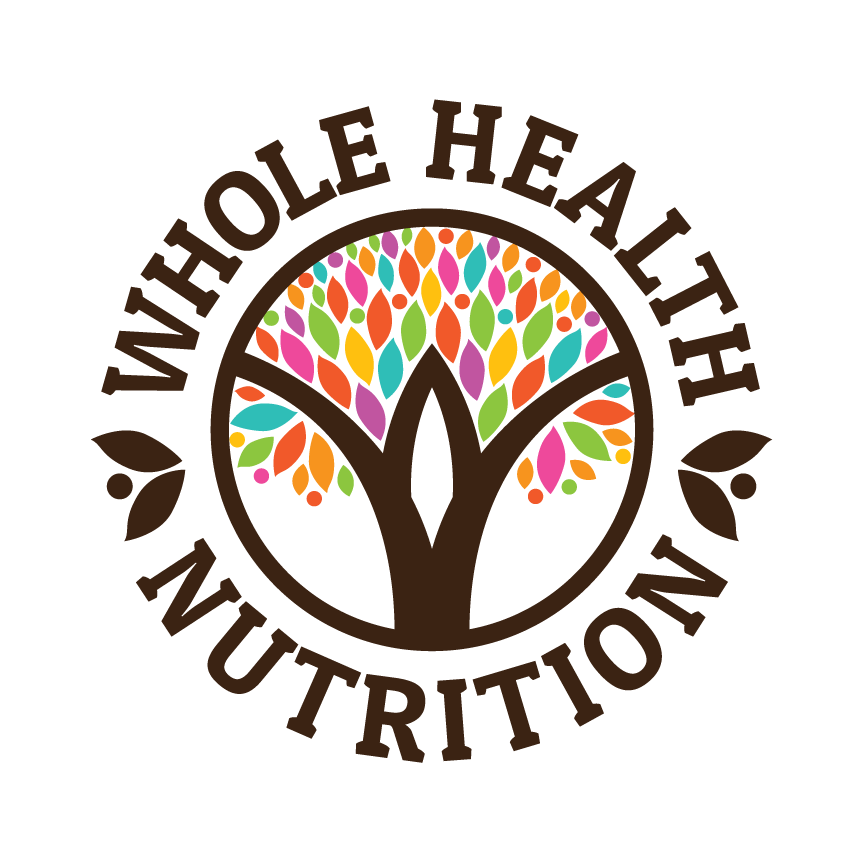Our guide to safe and healthy grilling
Grilling season is upon us! And with this guide, you can make it a safe and healthy one.
Minimize HCAs & PAHs
HCAs (heterocyclic amines) are compounds that form when high heat temperatures interact with muscle proteins. PAHs (polycyclic aromatic hydrocarbons) are chemicals that result when fat from meat drips down to coals, causing smoke formation that deposits back into the meat. Studies have linked HCAs and PAHs to DNA changes that may lead to certain cancers, so it is safer to minimize these as much as possible while grilling by:
Thoroughly cleaning off any char buildup with a wire brush before and after grilling
Choosing lean meats to limit fatty flare ups
Cooking for longer at lower temperatures
Marinating meat before grilling
Putting meat on foil poked with holes
Choose meats with no added nitrates
Nitrates and nitrites are preservatives found in processed meats that have also been linked to certain cancers. Choose versions of these meats (like bacon, sausage, and hot dogs) that specify no added nitrates on the label.
Pack on the veggies
Vegetables are not only jam-packed with nutrition, they don’t form HCAs so are much safer to grill.
Practice food safety
Avoid bacterial cross-contamination by keeping any raw meat away from fruits and vegetables and preparing in separate areas.
Thoroughly clean anything that came into contact with raw meat with hot water and soap.
Wash hands thoroughly (20-30 seconds) with soap and hot water after coming into contact with raw meat.
Use a food thermometer to check the internal temperatures of meat (internal color is not a reliable indicator). Poultry should be 165 F, beef and pork 160 F, and steak and seafood 145 F.
Follow these USDA guidelines for more food safety tips

